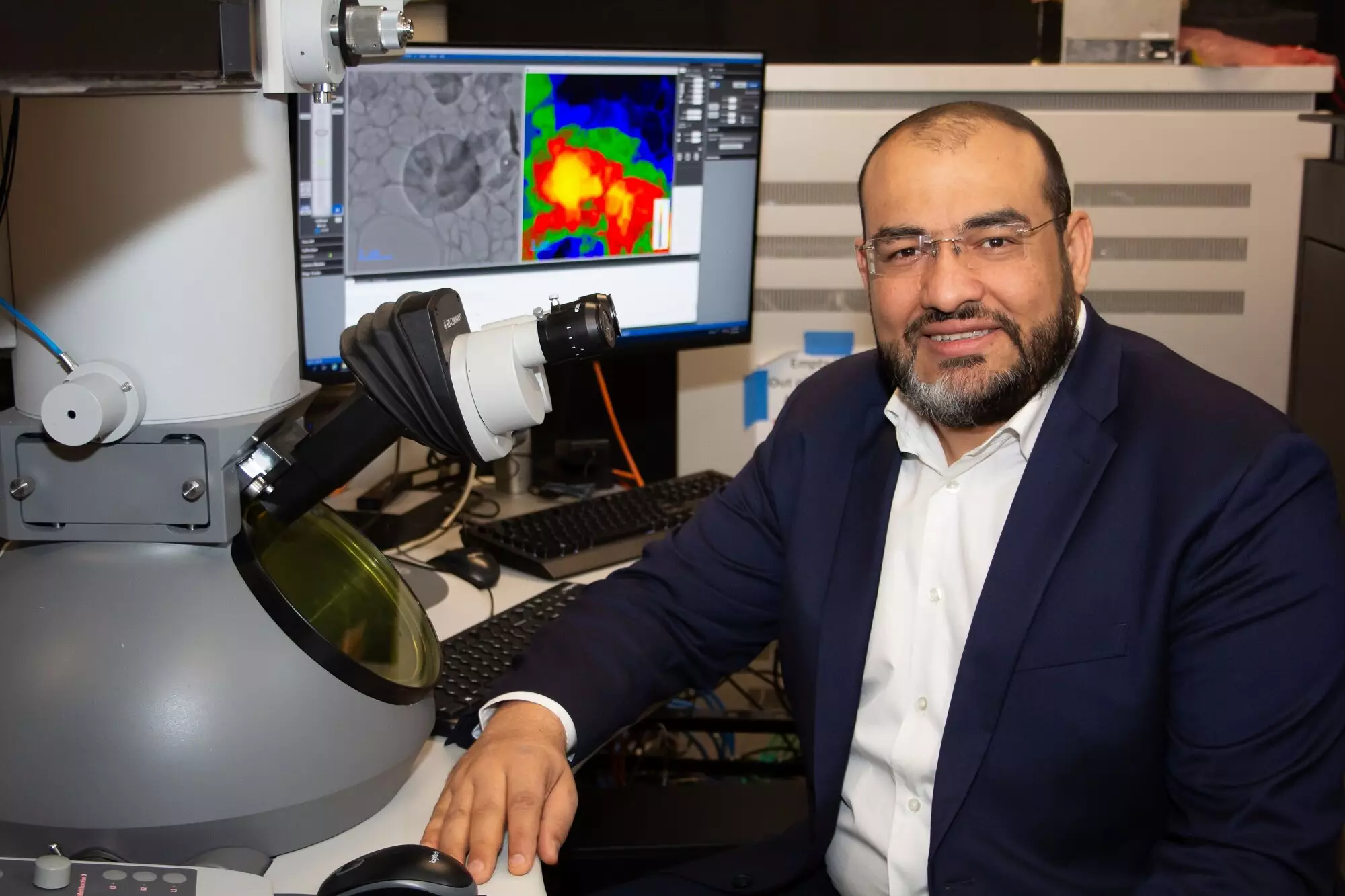In the fast-evolving world of microscopy, the ability to visualize phenomena at unprecedented speeds is revolutionizing scientific exploration. Researchers at the University of Arizona have achieved a groundbreaking milestone with the creation of the world’s fastest electron microscope, capable of capturing images of electrons in motion. This technological marvel opens new frontiers in physics, chemistry, bioengineering, and materials science, positioning science on the brink of unprecedented discoveries.
Imagine holding a camera that can freeze in time events unfolding at the quantum level—events like electrons racing around atomic nuclei. The University of Arizona’s latest innovation in electron microscopy represents such a leap. This microscope gives scientists the remarkable power to observe how subatomic particles behave in real-time, akin to witnessing a lightning flash. Mohammed Hassan, who leads the research team, aptly compares this enhanced technology to the evolution of smartphone cameras, suggesting that just as smartphones have grown in capacity to capture more detail, this new microscope enhances our capacity to visualize the minutiae of atomic interactions.
The transformative nature of this microscope lies in its technological advancements. Traditional microscopes, capable of magnifying objects to millions of times their original size, revolve around the principles of optical lenses and visible light. In contrast, the transmission electron microscope developed by Hassan and his colleagues leverages electrons—tiny, elusive particles—to visualize samples that are otherwise invisible to the naked eye.
What distinguishes this microscope from earlier iterations is its use of attosecond pulses. To unpack this, consider that an attosecond is a billionth of a billionth of a second. The ability to generate a single attosecond pulse is revolutionary. Previous ultrafast electron microscopes emitted trains of electron pulses, capturing images much like a film reel. However, the fleeting moments between those frames—key dynamic processes—eluded detection.
By pioneering the generation of an isolated attosecond pulse for the first time, researchers can now capture electrons in a state of motion rather than relying on snapshots that fail to convey the totality of dynamic processes. This remarkable feat empowers scientists to observe instantaneous changes as they happen, propelling insights into electron behavior to levels previously thought unattainable.
The groundwork for this innovative microscope was influenced by the Nobel Prize-winning research of Pierre Agostini, Ferenc Krausz, and Anne L’Huilliere, who unlocked the ability to measure attosecond phenomena through extreme ultraviolet radiation pulses. This foundational work provided the necessary framework for Hassan’s team to construct an apparatus capable of attaining even greater temporal resolution.
By splitting a powerful laser beam into distinct components—an attosecond electron pulse and two ultrafast light pulses—Hassan’s team creates conditions optimal for observing rapid electron movements. The first of these light pulses energizes the sample, instigating electron motion, while the second pulse operates as a gate, defining the time window for when the attosecond pulse acts on the sample. This ingenious synchronization not only heightens image fidelity but ensures that the microscope can capture and illuminate the complexity of atomic-level processes.
The potential applications of this enhanced electron microscopy technology are plentiful, with implications spanning diverse fields. In material science, for example, scientists could investigate the rapid behaviors of atoms under varying conditions, informing the development of new materials with tailored properties. In chemistry and biology, the real-time observation of molecular interactions can offer profound insights into chemical reactions and biological processes, paving the way for advanced drug designs and treatments.
Hassan’s assertion that the scientific community is on the brink of significant revelations rings true. As researchers gain greater understanding of electron interactions at this level, our grasp of quantum physics will deepen, potentially leading to unexpected theoretical developments.
The advent of this innovative electron microscope signifies more than just a technological advancement—it heralds a new era of scientific inquiry. As researchers begin to tap into the dynamic world of atomic interactions, the line between theoretical understanding and empirical observation continues to blur. The implications of this work resonate beyond existing scientific frameworks, poised to challenge our understanding of matter at its most fundamental level.
With the phase of observation guided by attosecond pulses now a tangible reality, the scientific community stands ready to explore quantum phenomena in ways previously confined to theory. This leap into the quantum realm not only promises to reshape scientific understanding but beckons a future filled with possibilities as we continue to challenge the boundaries of visibility in our exploration of the microscopic universe.

